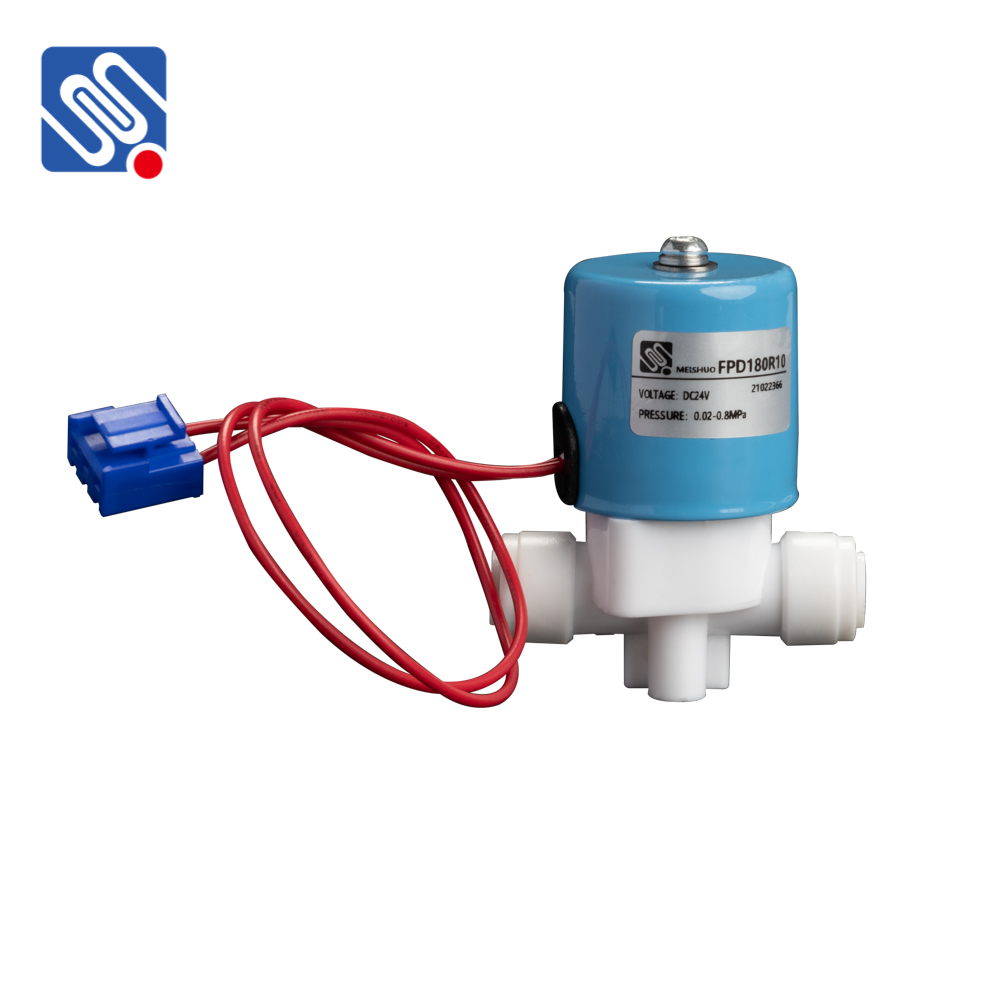food grade solenoid valve: essential for safe and efficient food processing
Release time:2025-03-19 14:47:19
Food processing and manufacturing require strict standards to ensure the quality, safety, and hygiene of the final product. One critical component that ensures safety in food processing systems is the food grade solenoid valve. These valves play a vital role in controlling the flow of liquids and gases, especially in applications where cleanliness and the avoidance of contamination are paramount. This article explores the importance, features, and applications of food grade solenoid valves in the food industry.

What is a Food Grade Solenoid Valve?
A food grade solenoid valve is an electrically operated valve that is used to control the flow of food-grade liquids or gases in a system. The solenoid valve consists of a coil, plunger, and a valve body. When an electrical current passes through the coil, it generates a magnetic field that moves the plunger to open or close the valve, regulating the flow of substances. The valve’s construction materials are carefully chosen to comply with food safety standards, ensuring they do not leach harmful substances into the processed food.
Unlike general industrial solenoid valves, food grade solenoid valves are designed specifically for use in food, beverage, and pharmaceutical industries. They are manufactured from materials that are resistant to corrosion, easy to clean, and non-toxic. Stainless steel, often the material of choice, is commonly used for the valve body and other components due to its durability and resistance to harsh cleaning agents.

